Inside the John Galliano Documentary: Antisemitism, Napoleon Complex and Dior
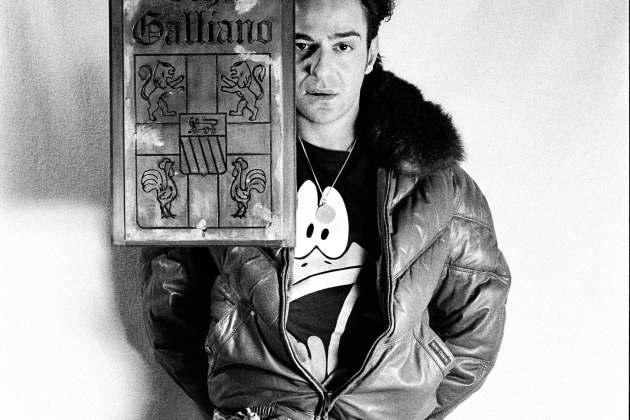
In Kevin Macdonald’s “High & Low — John Galliano,” chronicling the rise, fall and rise again of the Gibraltar-born, British designer, the director often cuts into scenes from Abel Gance’s classic silent film “Napoléon.”
“I thought this parallel was a cheeky, fun and slightly camp way to give a visual leverage to the film, [but] actually, this is something more psychologically interesting. He really relates to this character maybe, because they’re both outsiders from the big city, they’re both from the south, they speak with a strange accent and they’re bullied,” says Macdonald of the parallels between Galliano and Napoleon in an interview ahead of the film’s international release on Friday.
More from WWD
EXCLUSIVE: Miss Dior Avenue Pop-up Opens in L.A., Showcasing Cinema, Flower Shop and Café
Maison Margiela Releases Tabi Digital Collectible Drop on The Fabricant
Jisoo Dons Pink and Black, as the New Face of London Brand Self-Portrait
“They fight their way to the top of Paris and they have each become kings in their own way, then they’re both exiled. Napoleon tries to come back, but he comes back for 100 days and John has come back; he seems to be succeeding in the way that he’s come back,” he adds.
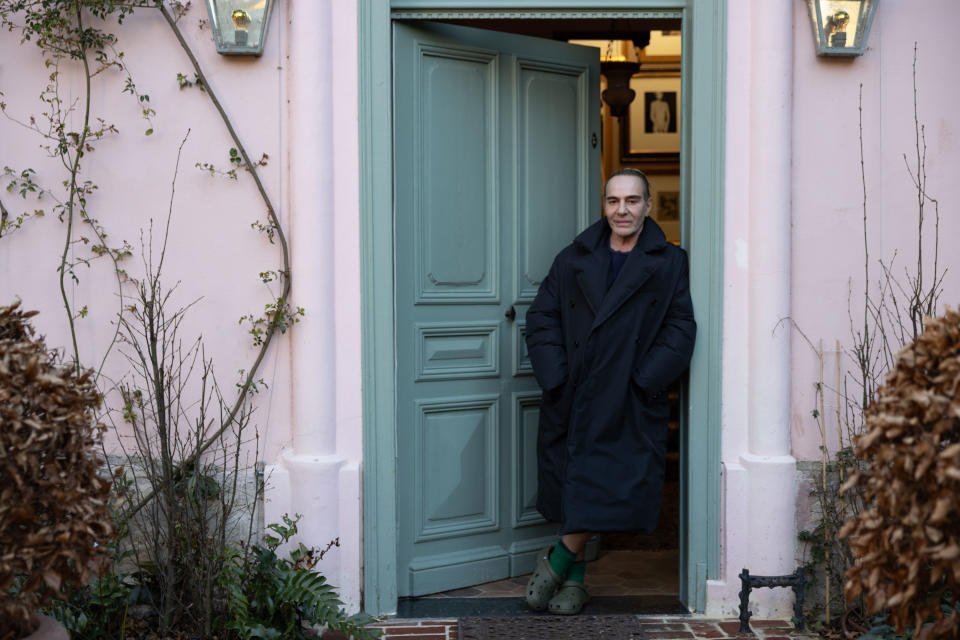
In the film, Galliano speaks directly to the camera, at times candidly as he recounts his difficult childhood with his father; how fashion became his tool of expression; his substance issues with alcohol and prescription drugs, and his annus horribilis in 2010 and 2011 following videos of him admiring Adolf Hitler and shouting antisemitic and racial slurs that led to him losing his job of 14 years as creative director of Christian Dior.
When retelling the dark tale, the fashion designer can only remember one of three incidents of his diatribe. He’s reminded of the other two by his long-term partner Alexis Roche, who makes shy appearances in the film.

In the French courts, Galliano was convicted of two incidents — sentencing him to suspended fines totaling 6,000 euros, or $8,400. In addition, he was ordered to pay three plaintiffs and five antidiscrimination groups 1 euro, or $1.40, each in symbolic damages and a combined 16,500 euros, or $23,200, in costs
Macdonald recalls being in New York City when he first saw the videos appear online.
“I was kind of repulsed by him and the way he looked. I have lost family in the Holocaust and my grandfather’s family all died. That’s a part of why I felt a personal repulsion, but at the same time, I’m always interested in films about ambiguous characters who you’re not quite sure what to think of them,” says the director, who has made films on Whitney Houston, the dictatorship of Ugandan President Idi Amin, and Mohamedou Ould Slahi, a Mauritian engineer detained at Guantanamo Bay detention camp from 2002 until 2016.
Macdonald invites many of Galliano’s friends and former employees to speak on camera, including Sidney Toledano, Anna Wintour, Naomi Campbell, Charlize Theron, Amanda Harlech, Penélope Cruz and Kate Moss. However, the one surprising guest cameo is from Philippe Virgitti, a victim of one of the designer’s incidents.
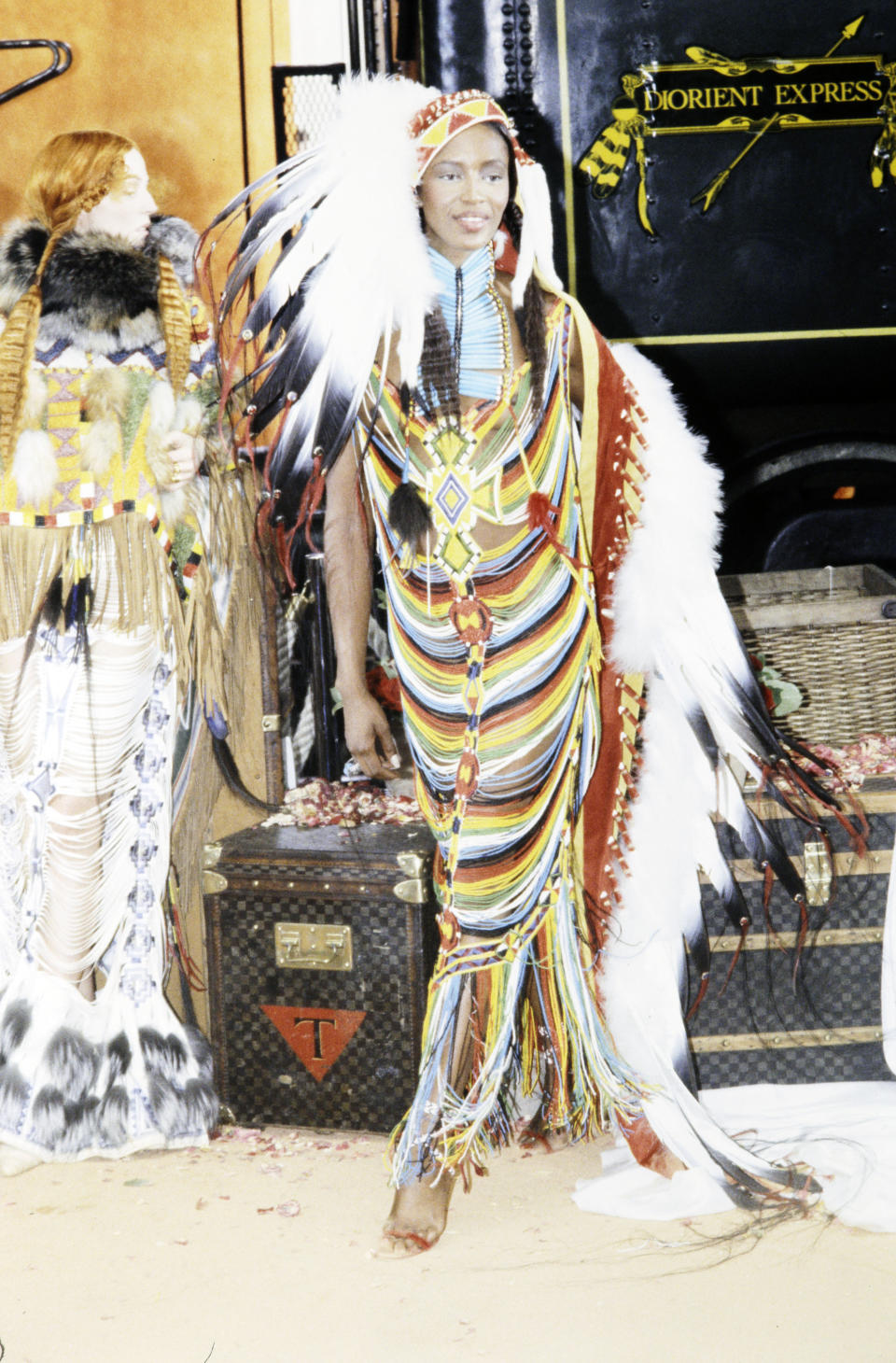
At the time of the court hearing, the victim Virgitti said, “I don’t think he’s racist or antisemitic. I just think he’s very ill.” But in the documentary, he retracts his words and says he doesn’t forgive Galliano and that it has deeply affected his day-to-day life.
Unlike many documentaries about public figures, Macdonald doesn’t interfere with his subject’s life by skewing Galliano to look either good or bad. When Virgitti told the camera that he doesn’t forgive Galliano, Macdonald didn’t try to play a hand of God in the matter or to give the audience a reunion between the two men.
He had final say on his film cut despite Condé Nast Entertainment‘s involvement. Vogue’s creative editorial director Mark Guiducci served as consulting producer on the project. Meanwhile Wintour and Jonathan Newhouse, chairman of the board of Condé Nast, were key figures in Galliano’s rehabilitation and helped Macdonald with luring in industry figures to speak on camera.
Macdonald’s films are about asking questions, he says. “Do they have humanity? Are they as bad as their reputation makes out?” he adds of his subjects.
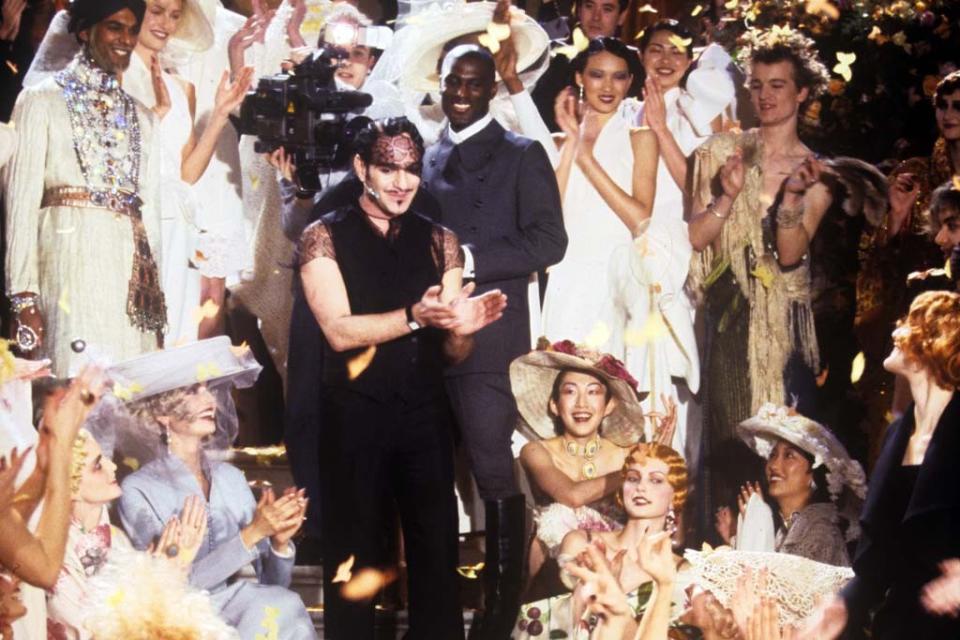
“One of the things I found hard making the film was getting people to say they didn’t forgive him. There were lots of people who forgave him. Sidney [Toledano’s] story is fascinating because it takes him a long time [to forgive him] and he’s the one who is probably the most offended and upset by what John did,” says Macdonald.
“Nobody wants to go on camera saying, ‘I’m unforgiving.’ It’s not a good look [on them] — I think that says something, that’s [almost] more unattractive to say, ‘I haven’t forgiven him.’ Nobody wants to be that person,” he adds.
The designer’s erratic behavior has always been brushed under the rug for him by his friends and employers, says the film.
One example in the film is when he was visiting London in the mid-2000s and staying at the Ritz, where he was so intoxicated that he took over one of the lifts in the nude for four hours and told guests who tried to enter that he was a lion, as he meowed, hissed and snarled.
Washington Post senior critic-at-large Robin Givhan points out in the film that it’s easy for Galliano to move on because “he’s a white man,” she contends.
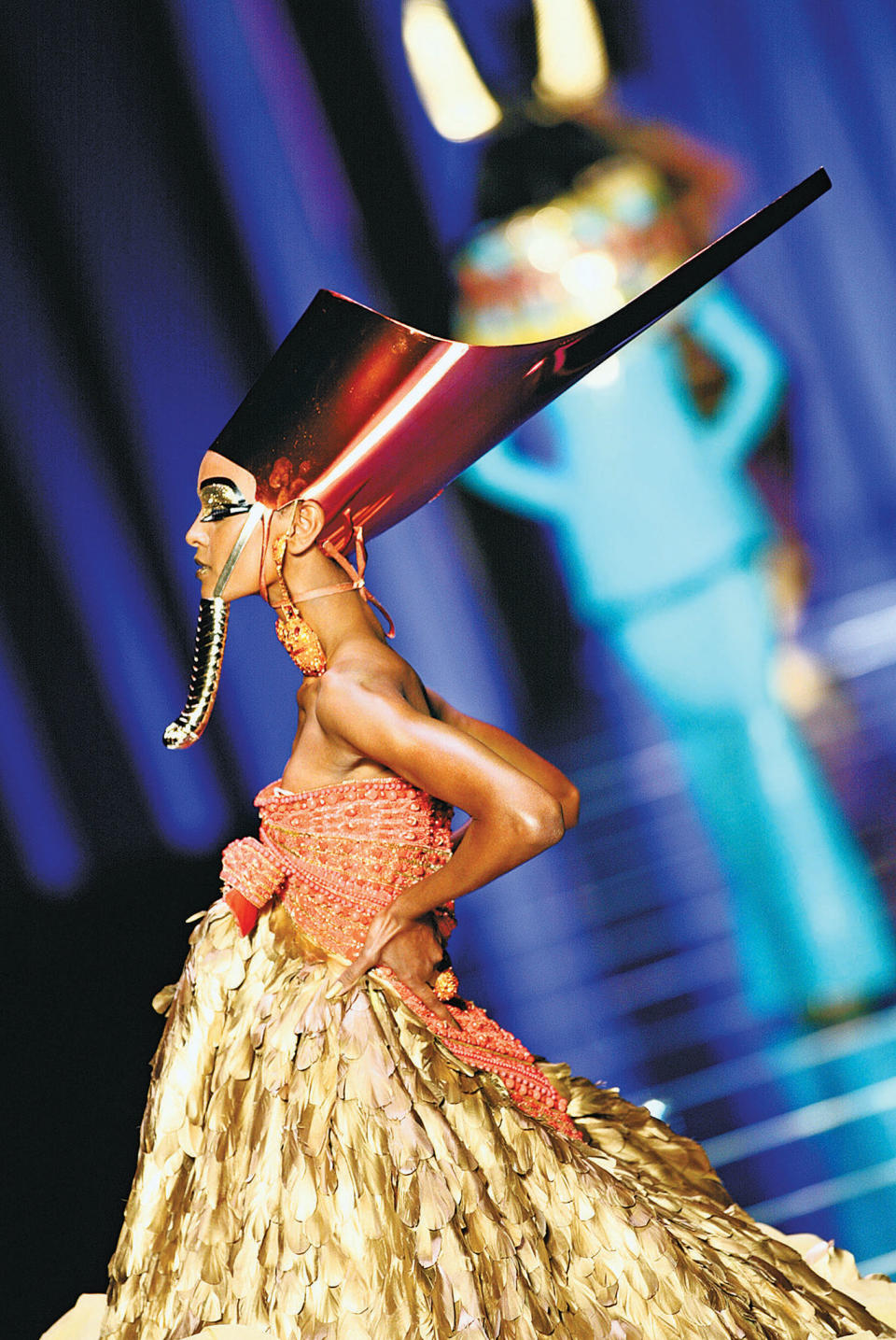
Dior covered the bills of any guests interrupted by Galliano and he resumed back to work the week after, according to the film.
A decade sober and after a stint in rehab, the designer has changed his behavior and has become more of a recluse, both personally and professionally as creative director of Maison Margiela, a post he’s held since 2014.
His spring 2024 Artisanal collection for the fashion house was a critical success and admired by fashion fans online as it carried a theatrical dash of his time at Christian Dior.
“It’s interesting that now with his latest show, John is somehow being more John and [it] feels like he can come out. Clearly he feels more accepted and maybe the film has something to do with that. Maybe having got a lot off his chest and knowing that the film is out there that he can be himself again,” says Macdonald.
John Galliano Through the Years



Launch Gallery: John Galliano Through the Years
Best of WWD
